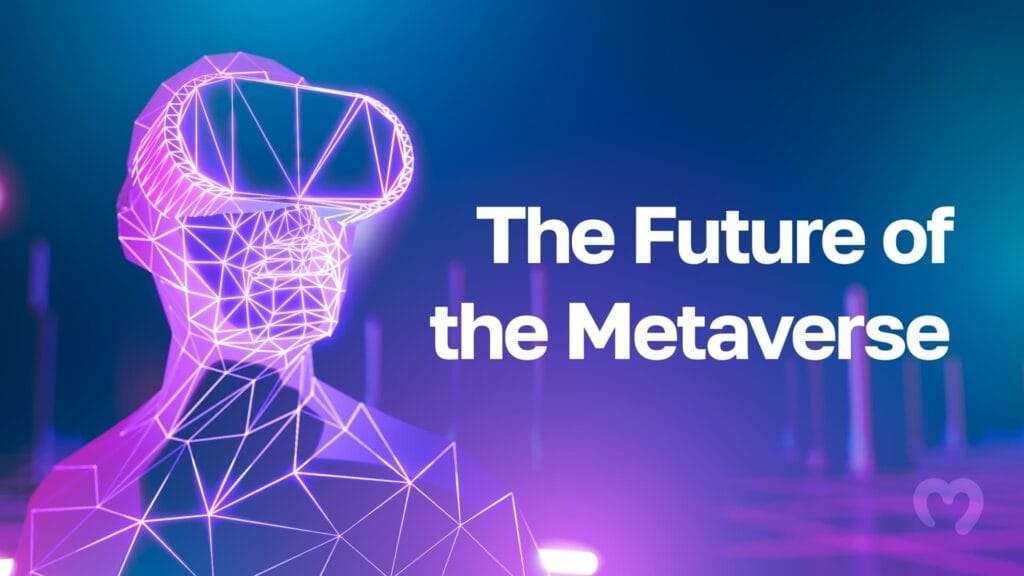When it comes to the Metaverse, many questions arise: Is it just a 3D video game? Is it similar to Zoom? What exactly is this ? Six months ago, Facebook rebranded itself as Meta, focusing on the future concept of it. Yet, the precise definition of it remains elusive.
What is the Metaverse?
The Meta is still in its formation stage, much like the early internet in the 1970s. Despite the buzz, there isn’t a concrete definition of what the Metaverse will ultimately become.
It combines elements of virtual reality (VR) and augmented reality (AR) to create immersive experiences that blend the digital and physical worlds. This can be accessed through VR and AR headsets, PCs, game consoles, and even smartphones.
The Marketing Hype
Selling the concept of this involves significant marketing efforts and financial investments. Companies like Facebook (now Meta) see potential profits from virtual clothing and other digital assets. The excitement around the Meta also has financial implications for companies outside of Facebook’s sphere.
Key Technologies in the Metaverse
The Metaverse builds on advancements like the internet’s ability to connect computers over long distances and link web pages. New technologies, such as servers hosting hundreds of people and motion tracking tools, are integral to the Meta. These advancements promise thrilling and futuristic experiences.
However, there are challenges. Many people experience motion sickness with VR headsets, and wearing AR glasses in public without looking awkward is still a hurdle. Accessibility issues also remain largely unaddressed.
The Reality vs. Demonstrations

Promotional videos from companies like Microsoft and Meta often present an idealized version of the Metaverse, glossing over practical challenges. These demos aim to inspire rather than answer every technological question. The flashy presentations can sometimes overshadow simpler, more immediately achievable improvements to our digital environments.
The Present and Future of the Metaverse
To understand the Metaverse’s future, we need to look at its current iterations. Massively multiplayer online games (MMORPGs) already offer virtual worlds, digital concerts, video communication, virtual avatars, and e-commerce platforms. The aims to expand on these experiences in new and innovative ways.
NFTs and Digital Ownership

NFTs (non-fungible tokens) have embraced the Metaverse concept, allowing digital ownership of items like virtual real estate. This ties into the broader digital economy, where purchasing virtual goods can increase the value of cryptocurrencies.
Accessibility and Affordability
VR headsets, like the Quest 2, are becoming more affordable, making virtual worlds more accessible. Advances in digital artistry, such as photogrammetry, enable the creation of detailed 3D objects from photos or videos, further enriching the Metaverse.
The Future of the Metaverse

The tech industry thrives on futuristic thinking. Selling a vision of the future, like this , can be more profitable than traditional products. The Meta might evolve into a mix of VR games and digital avatars on social media platforms, much like the internet’s evolution.
Conclusion
The Metaverse represents an exciting frontier where digital and physical realities converge. While challenges remain, the potential for immersive, interconnected virtual experiences drives ongoing innovation and investment.


